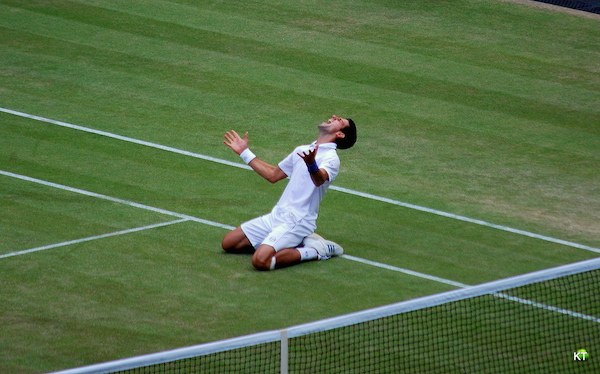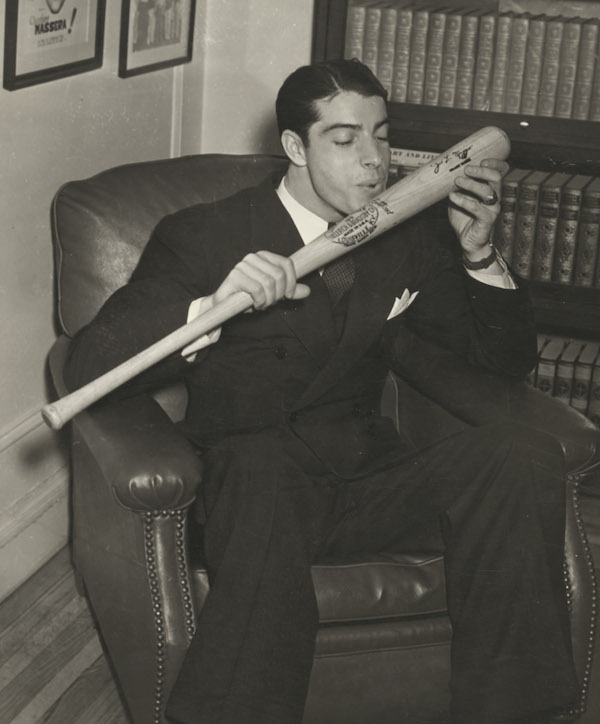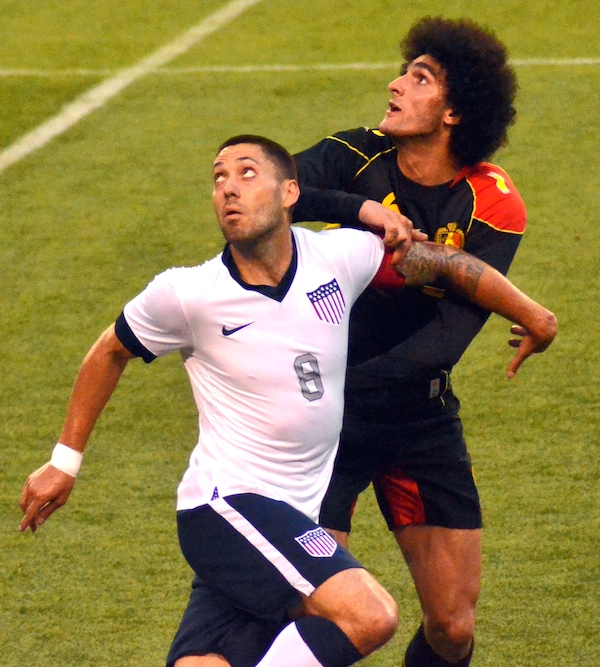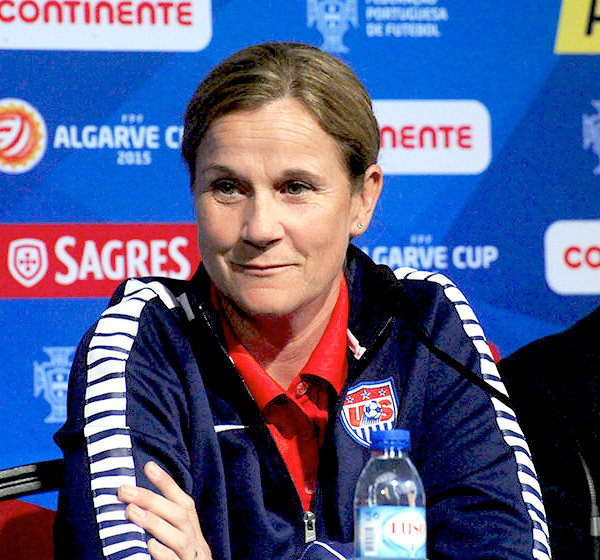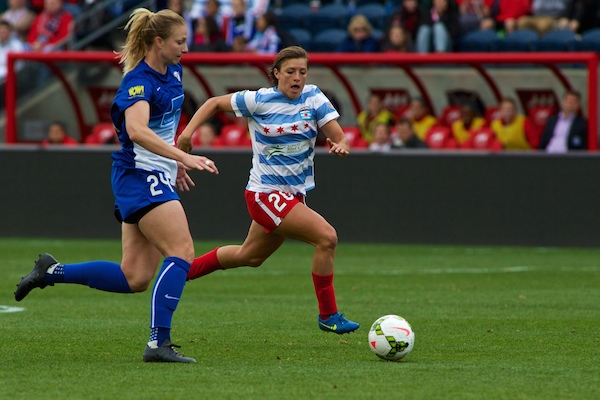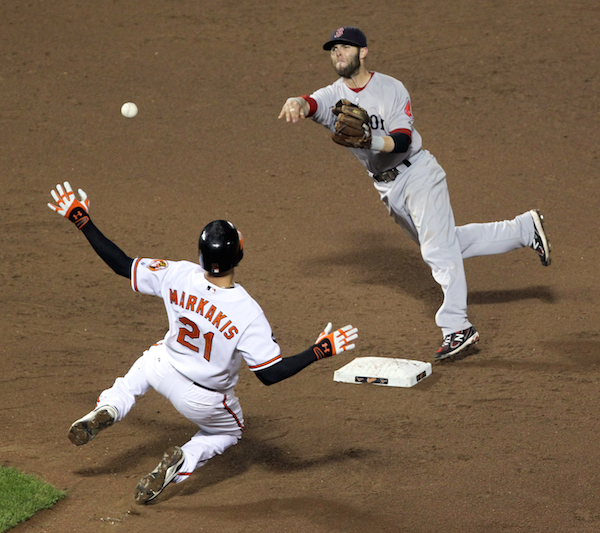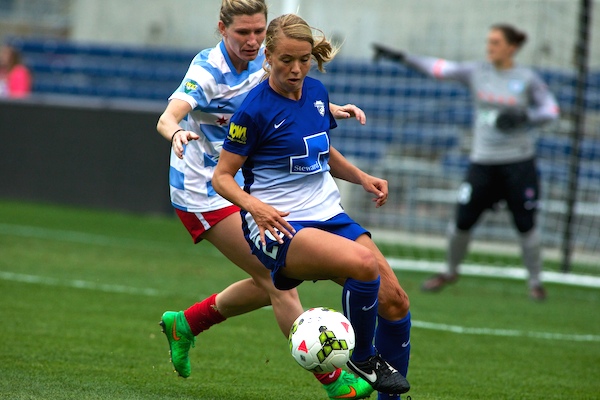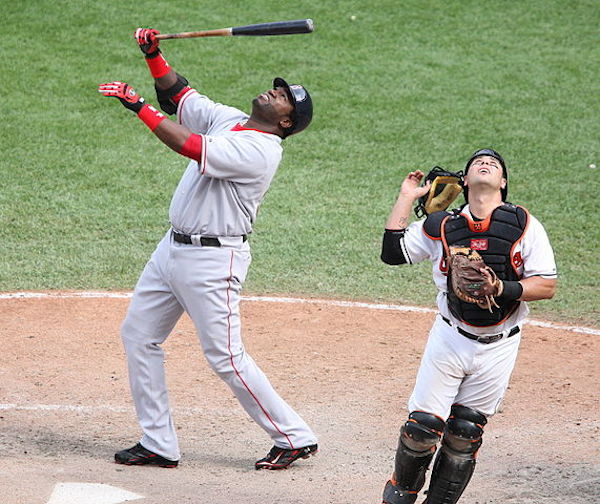The 2015 World Cup has been an amazing success for soccer and women’s sports throughout the world. If you’re reading this post, than you are probably sad that the tournament is coming to a close. Trust me, everyone who is involved with women’s sports and women’s soccer in particular is as well. The problem with relying on events like the World Cup and the Olympics to expand the reach of women’s soccer is that they only come around once every four years. The rest of the time, women’s sports get very little coverage from the media and very little attention from the vast majority of sports fans. This has a negative impact on the ability for female athletes to improve. It’s hard to find full-time professional jobs as athletes. There simply aren’t that many professional teams out there and those that exist pay far less than men’s professional teams, often not enough to live on. It’s a vicious cycle common to women who play sports at the vast majority of levels in the vast majority of the world: women’s sports are perceived to be not as good as men’s, therefore they don’t receive as much support, therefore they don’t provide as many opportunities for women to train, play, and improve, therefore the play isn’t as good as in men’s sports, which leads to them being perceived as worse, which leads to them not getting support… and so on into infinity. We can stop this cycle and we should!
As I wrote the other day, for women’s sports to thrive, strong professional leagues are a must. So, step one – support the professional leagues that do exist for women! Let’s start with the National Women’s Soccer League. The NWSL is a nine-team professional soccer league in its third year of existence with teams spread across the United States. The level of play is extremely high — every team has at least a couple World Cup players and as many as eight. The games that I’ve been to – Boston Breakers home games – have been great fun. Attendance is good, even in bad weather, and the atmosphere is great. Lots of cheering, lots of popcorn, lots of enjoyment. If you’ve enjoyed hosting or going to watching parties at home, you can keep it going with NWSL games. Every game is available live and for free on NWSL’s Youtube channel. Thanks to the success of the World Cup, three regular season games and all three playoff games will even be on terrestrial cable.
Here is everything you need to know about the nine NWSL teams including where they play, when their next home game is, how much their tickets cost, and which of your favorite World Cup players are on each team.
The Boston Breakers play their home games at Soldiers Field Soccer Stadium in Boston, Massachusetts. Tickets are available for $15 to $25 with all kinds of package deals available. Their next home game is Thursday, July 9 at 7 p.m. against the Chicago Red Stars. You can view their whole schedule here. The Breakers had four players in the World Cup this year: USA backup goalie Alyssa Naeher, Australian attacker, Kyah Simon, Brazilian defender Rafaela Travalao, and Mexican defender Bianca Sierra.
The Chicago Red Stars are in first place in the NWSL Their home field is the Village of Lisle-Benedictine University Sports Complex in Lisle, Indiana, a suburb of Chicago. Tickets run from $10 to $75. Their next home game is Saturday, July 18 at 7 p.m. against the Boston Breakers. You can view their whole schedule here. The Red Stars are tied for first in the number of players they sent to the World Cup with eight: Americans, Julie Johnston, Christen Press, Lori Chalupney, and Shannon Boxx, Canadians, Melissa Tancredi, Adriana Leon, and Karina LeBlanc, and Abby Erceg, the one NWSL player from New Zealand’s national team.
FC Kansas city are the defending champions of the NWSL. The team plays at the Swope Soccer Village Championship Field within Swope Park, Kansas City’s largest public park. Their next home game will be on Wednesday, July 15, at 7 p.m. against the Houston Dash. Here’s the rest of their schedule. FC Kansas City is one of the best deals in the league, or anywhere else, with single game tickets ranging from just $11 to $25! The team has a talented and athletic bunch of World Cup players including Americans Becky Sauerbrunn, Amy Rodriguez, Heather O’Reilly, and Lauren Holiday, as well as Australian international, Katrina Gorry.
The Houston Dash share their home field with the Houston Major League (men’s) Soccer team, the Houston Dynamo. They both play in Houston’s BBVA Compass Stadium. Ticket prices range from $15 to $42. Their next home game is Sunday, July 12, against the Chicago Red Stars. View their entire season schedule here. The Dash were represented in the World Cup by six players, three on the Canadian World Cup team and three on Team USA. The three Americans were all big parts of the team’s run: Meghan Klingenberg, Morgan Brian, and Carli Lloyd. The three Canadians were: Erin McLeod, Lauren Sesselmann, and Allysha Chapman.
The Portland Thorns won the NWSL’s inaugural championship in 2013. Why call a team “The Thorns?” Portland is known as “the Rose City,” so it’s actually a pretty clever name. They play their home games in Providence Park, the same convenient downtown location as the men’s MLS team, the Portland Timbers. The team’s next home game will be Wednesday, July 22, at 10 p.m. ET against their rivals, the Seattle Reign. Tickets go from $13 to $35. You can find a printable version of the Thorns’ schedule here. The Thorns were the other NWSL team with the giant tally of eight World Cup players: German goalie, Nadine Angerer, Jodie Taylor, the sole English national team player in the NWSL, Australian Steph Catley, Canadians Kayln Kyle, Rhian Wilkinson, and living legend Christine Sinclair, as well as Americans Alex Morgan and Tobin Heath.
Of course, when you talk about clever names for sports teams, there’s literally nothing out there more clever than this team’s name, the Seattle Reign. Oh, sure, Seattle people may tell you that it rains more elsewhere but really, learn how to take a joke people! The Reign play in Memorial Stadium, conveniently tucked into Seattle’s Lower Queen Anne neighborhood. The team’s next home game is on Saturday, July 11, at 7 p.m. against the Western New York Flash. Tickets range from $19 to an incredible $400 experience that gets you a “pitchside table” with four seats! Their well-designed home page shows everything you’d need to become a fan including a full schedule and roster. The Reign only had two players in the World Cup, but they’re big ones! USA goalie Hope Solo and midfielder Megan Rapinoe both call Seattle home.
Although many professional sports teams play in New Jersey (ahem NFL’s Giants and Jets and MLS’ Red Bulls,) only a select few are strong enough to claim Jersey as their home. One of those is NWSL’s Sky Blue FC. The team plays its games in Rutgers University’s Yurcak Field in Piscataway, New Jersey. There’s probably plenty of parking and, unless things have changed since I went to school there, it should be pretty easy to sneak into a free campus bus that goes there. Tickets are pricey (but only if you compare them to other NWSL teams), ranging from $19 to $60. The team next plays at home on Saturday, July 11, at 7 p.m. against the Portland Thorns. You can view the team’s whole schedule here. World Cup players on Sky Blue FC’s roster include one of the USA goal-scorers against Germany, Kelley O’Hara, as well as the team’s elder stateswoman, Christie Rampone, two Australians, Caitlin Foord and Samantha Kerr, Jonelle Filigno from Canada, and Mexico’s Monica Ocampo.
Tied for second place currently are the Washington Spirit. The team plays northwest of the capital city at the Maryland SoccerPlex in Boyd, Maryland. Tickets to the games range from $25 to $70. Their next home game is against the Seattle Reign at 7 p.m. ET on Saturday, July 18. Right now, they’re running a promotion on their website – sign up to throw your hat in the ring for two free seats to that game. Their whole schedule can be found here. The Spirit have the most international group of World Cup players in the league: two Mexican players, Veronica Perez and Arianna Romero, two Nigerian players, Francisca Ordega and Josephine Chukwunonye, Haley Raso from Australia, Diana Matheson from Canada, and Americans, Ali Krieger and goalie Ashlyn Harris.
The Western New York Flash play just outside of Rochester, New York, in Sahlen’s Stadium. The Sahlens are the first family of the Western New York Flash. Father, Joe Sahlen, is team owner, daughter, Alex Sahlen once doubled as a player and team president but is now just the president, and her husband, Aaron Lines, is the coach! Their next home game is Sunday, July 19, at 3 p.m. against Sky Blue FC. You can see their whole schedule here. Tickets range from $10 to $60. The Flash had a small but mighty contingent at the World Cup: Nigerian, Halimatu Ayinde, Cameroon’s one NWSL player, Ajara Nchout, and Americans Whitney Engen and Sydney Leroux.


